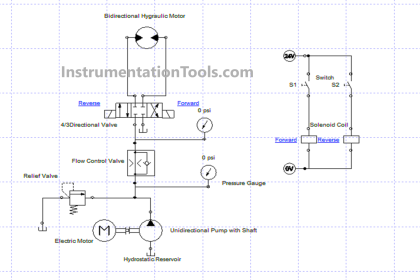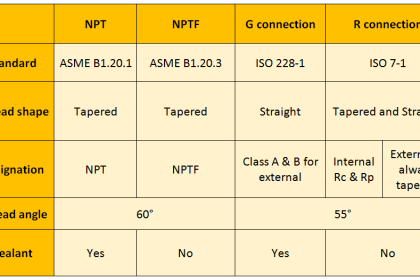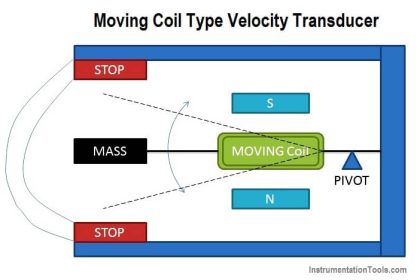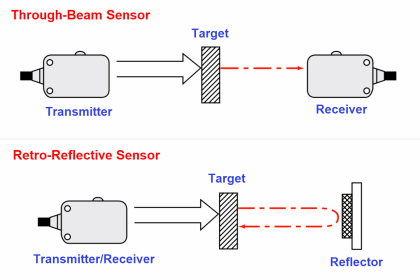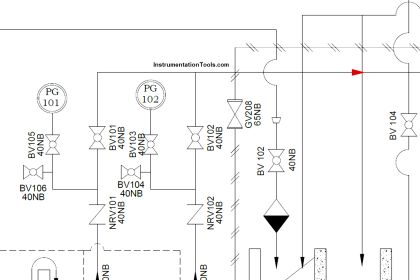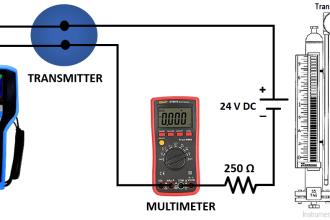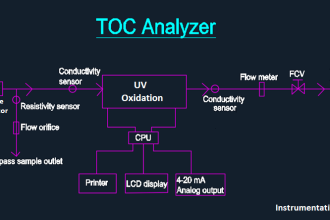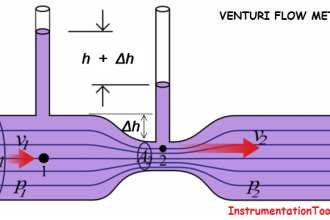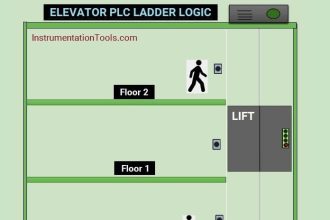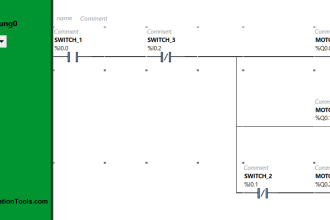In today’s time, when you work in a business sector, IT or information technology service is a very important part of it. All of your data is handled by IT service and you literally cannot survive without its proper working.
As a result, there arises a need to properly monitor your IT infrastructure in a business for reliable, safe, and long-lasting operations. Also, cyber-attacks are increasing nowadays and you need a robust infrastructure for protecting your data against it. So, the right solution to infrastructure monitoring is a must. In this post, we will see the concept of infrastructure monitoring in your business operations.
What is IT infrastructure?
IT infrastructure stands for information technology infrastructure. It is the backbone of any digital solution used in a business. Simply said, suppose there are 10 employees in a company working for an employer. The employer sits in a remote location and has given them the required software for running their operations.
Data must be uploaded every day to the employer’s server by the employees for monitoring and handling the operations. The task and processes done to ensure that every software action goes smoothly as planned and is also safe from any cyber-attack is called an IT infrastructure. If it is good, then employees cannot cheat, data will be safe, clients will be happy and ultimately, your business will run well.
Coming to practical terms, companies first build an application, then build ways to protect it, then build ways to upload the data safely on their server, make data accessible to required persons easily, run third-party applications directly on the server, and ensure that it reaches every employee properly, and thus help in improving overall troubleshooting and maintenance activities. For this, the infrastructure will collect and record all the data, and provide a clear picture of that to the engineers.
Nowadays, due to the extended use of cloud computing, the infrastructure is heavily dependent on cloud providers too, like Amazon Web Service, Microsoft Azure, IBM, etc. for good performance. Mere local company infrastructure will not work in this case, because all of your bulk data is handled by them only.
How does infrastructure monitoring work?
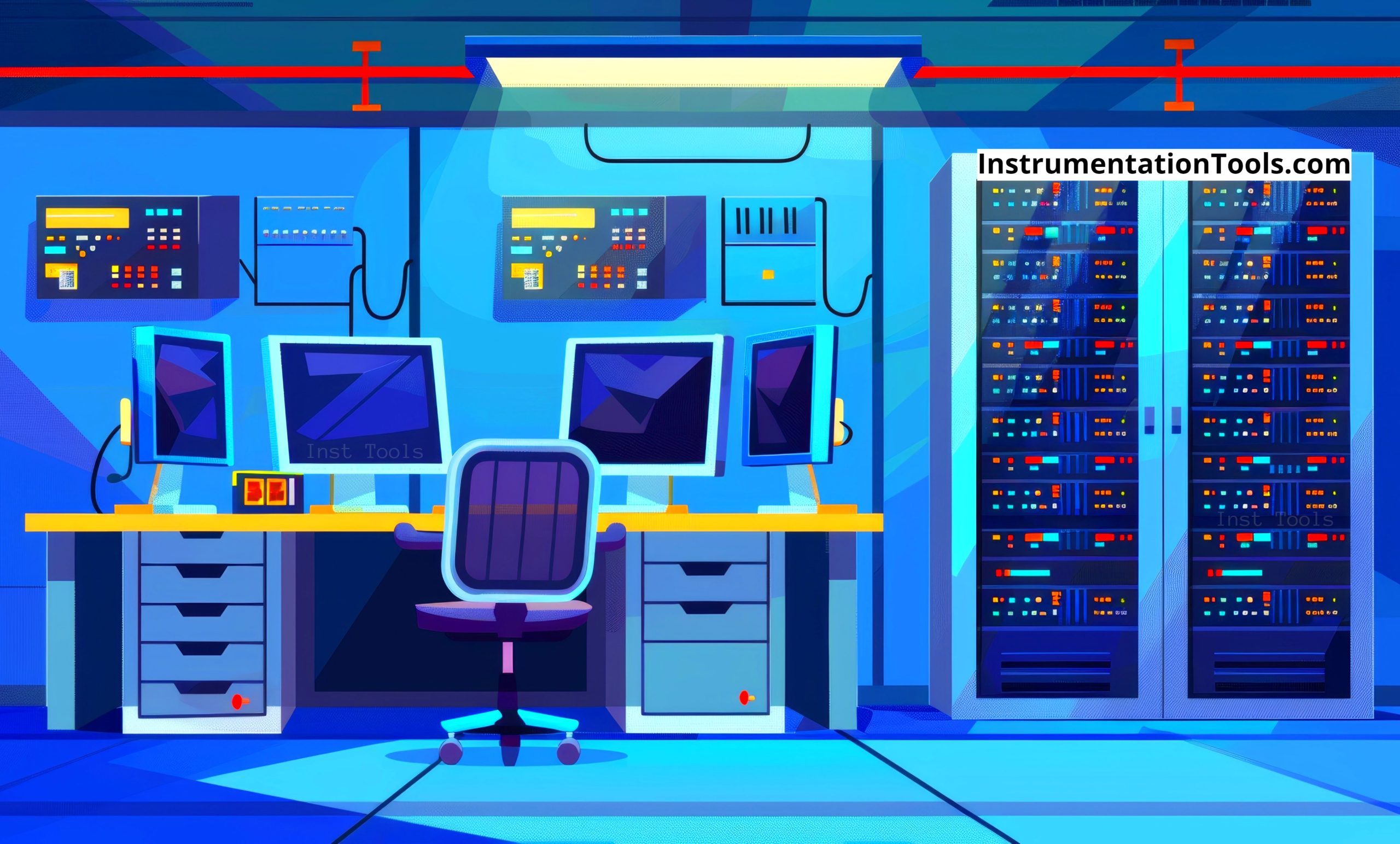
The main components of IT infrastructure monitoring are:
Data Collection
These are data centers, servers and clients, network devices, operating systems, databases, and applications running on a PC. Their task is to collect and record data for sending it to cloud services or other advanced server systems.
Network Administrators
This is a human-dependent task, but it is the most efficient. Their task is to provide privileges to users, handle critical data and not allow its access to anyone, control network structure, and convey issues of users and customers to the IT support team.
Communication Media
The most used protocol in network systems is Ethernet. And to communicate data over larger distances, optical fiber communication is a must. After optical fibers, once the data reaches local centers and where laying of cables becomes difficult, wireless communication and 5G technology (depending upon the most current version available in that country) must be adapted.
Now let us simplify how it’s working. First data is collected by sources (metrics, events, logs, and traces) and sent to the cloud for management. There, cloud computing looks after data and uses advanced tools of machine learning or artificial intelligence to study them.
If any issue occurs on the client side (means customer or employee PC), then troubleshooting tools are used by the server. Due to this, the infrastructure is continuously monitored and handled efficiently for utmost customer satisfaction and business management.
Advantages of infrastructure monitoring
- Detects potential issues and troubleshoots them before they escalate. This helps in efficient bug-solving skills and helps to retain the business in case of a sudden downtime.
- It ensures constant availability and reliability of all services and applications by monitoring their health status in real-time. Due to this, even if a new employee has joined the company, he will quickly get the services, learn them through training tools, and implement them quickly.
- You can track precious information like CPU usage, memory speed, network traffic, network bandwidth, and other network resources for efficient management.
- As you get alerts on mobiles, you will be able to quickly reach out to the issue and try to solve it. This becomes possible only through a strong mobile network.
- Businesses can detect potential cyber security threats and ensure their infrastructure complies with relevant regulations and standards. This helps them to be prevented from any hacking or unauthorized access from attackers.
- As you save time in solving issues and managing data quickly, you ultimately save money and this brings a lot of profit to the company.
If you liked this article, then please subscribe to our YouTube Channel for Instrumentation, Electrical, PLC, and SCADA video tutorials.
You can also follow us on Facebook and Twitter to receive daily updates.
Read Next:
- Overview of Industrial Control Systems
- Security of Industrial Automation Systems
- Remote Functions in Industrial Control System
- Pneumatic Systems in the Automotive
- Instrumentation Common Measurement

